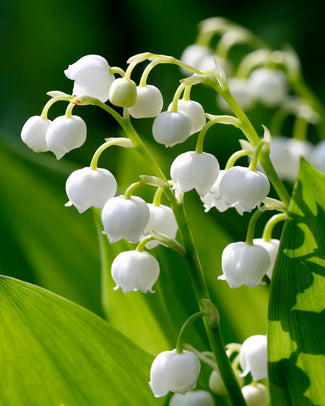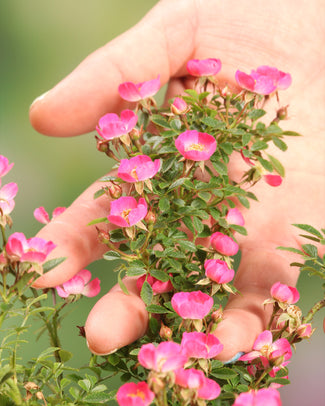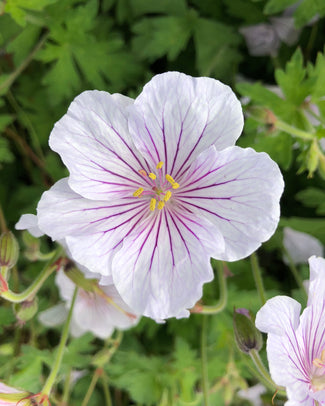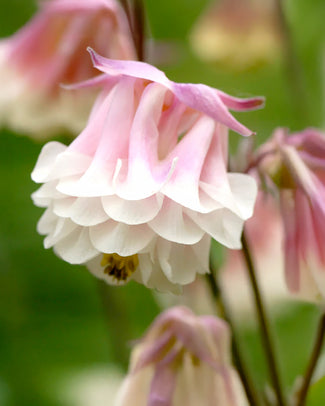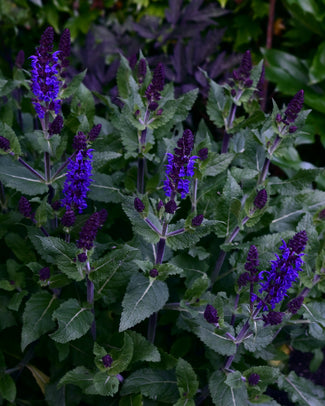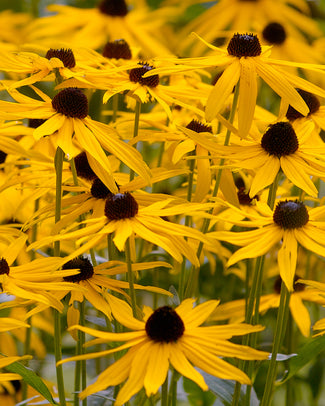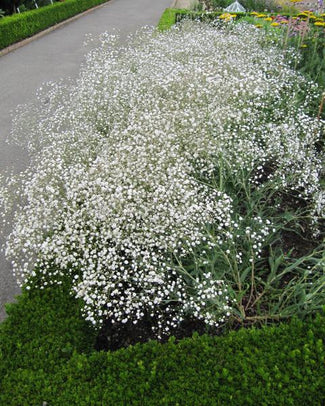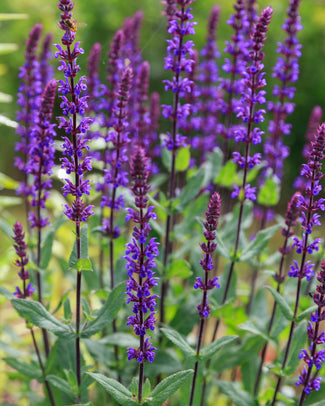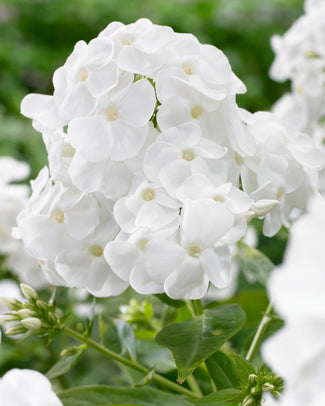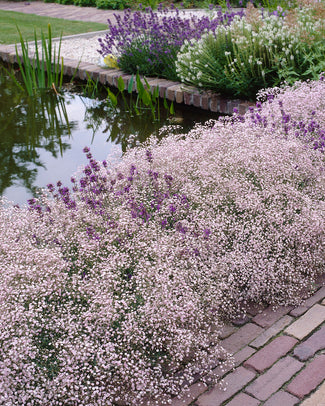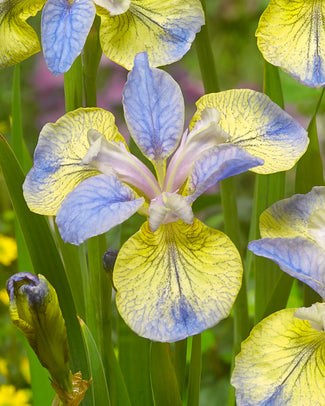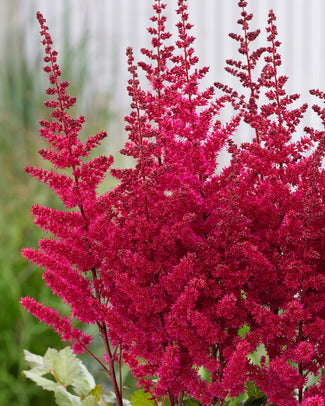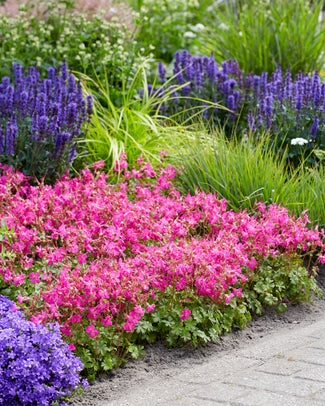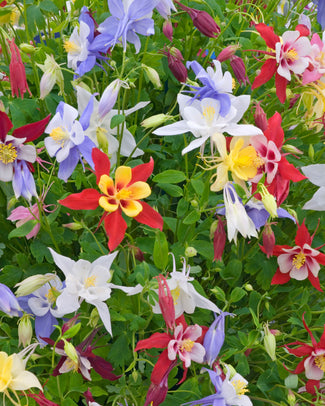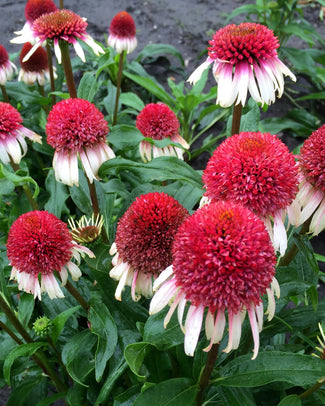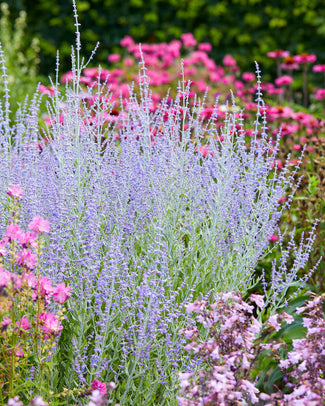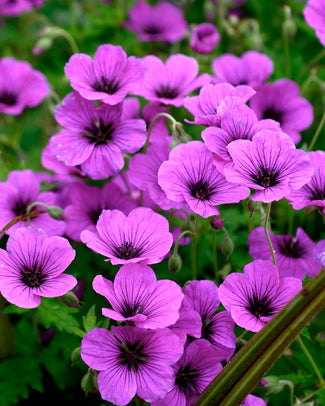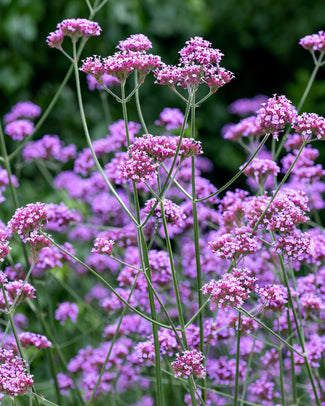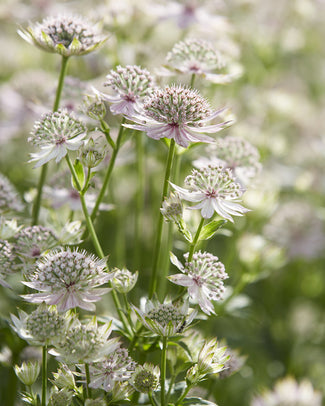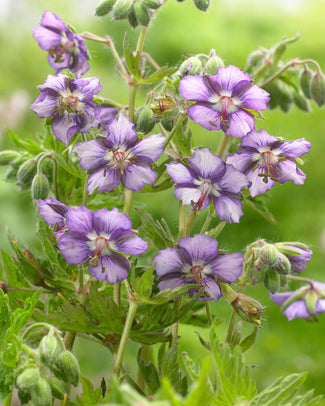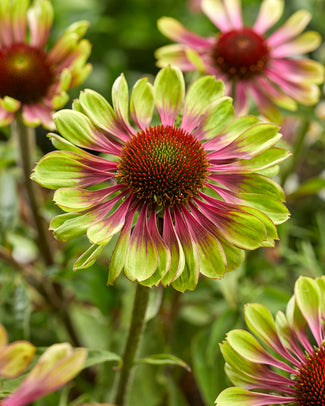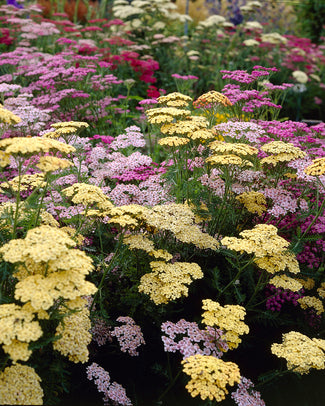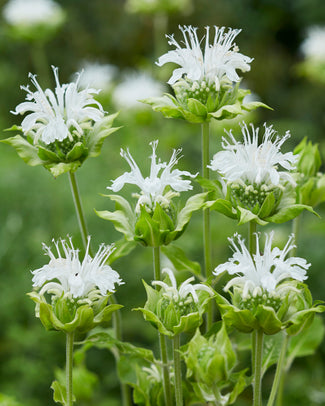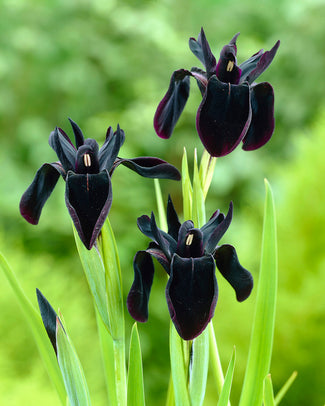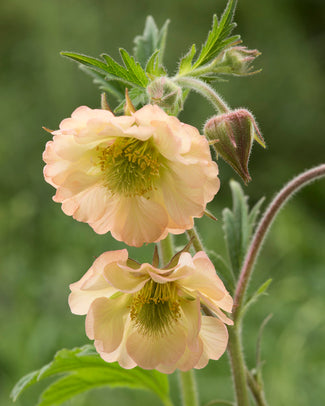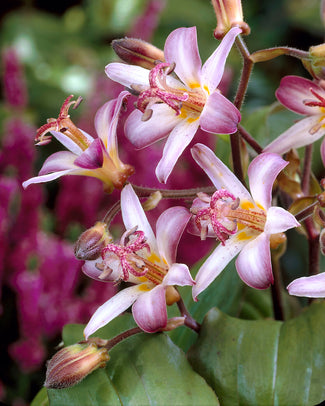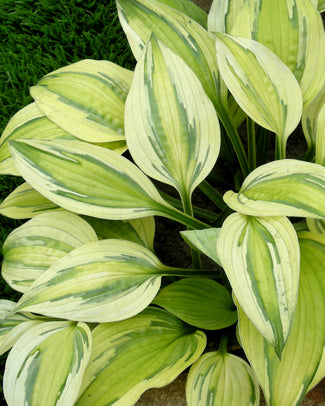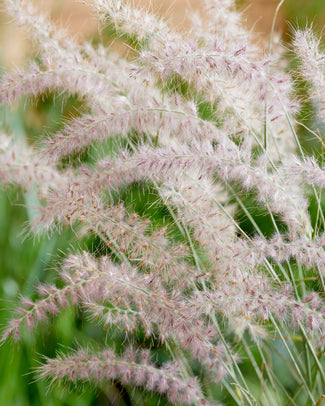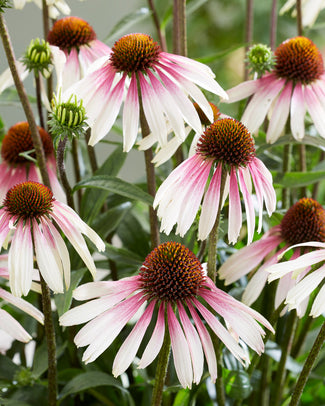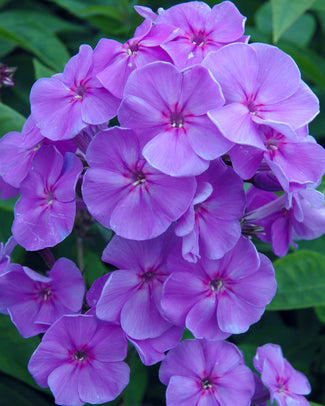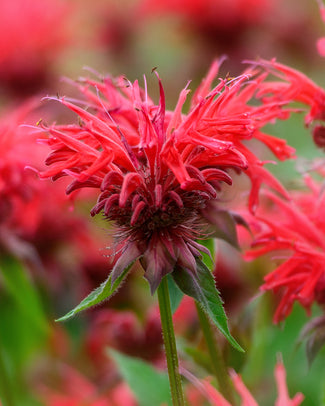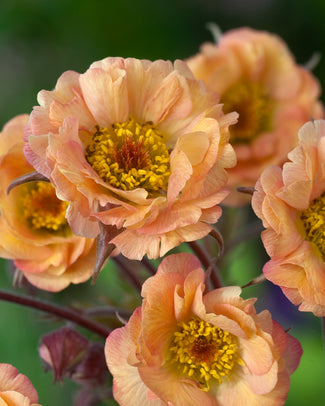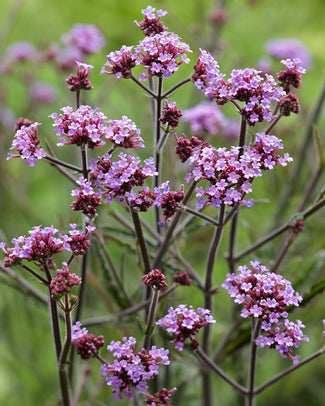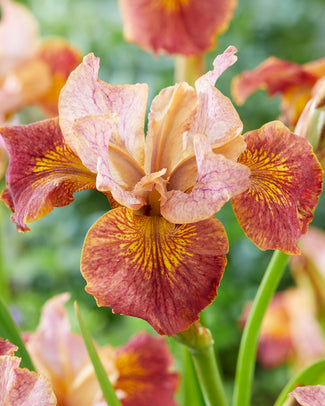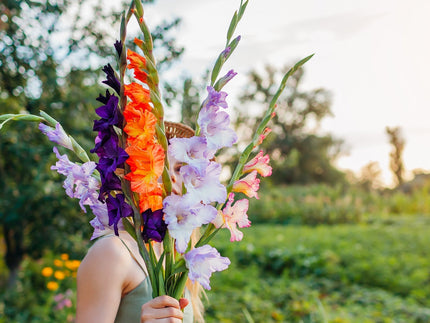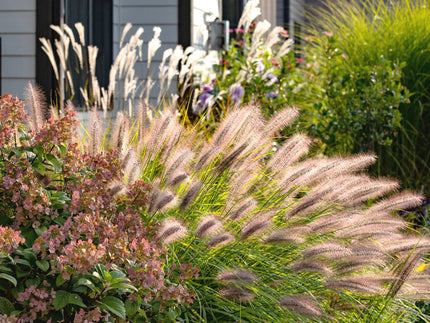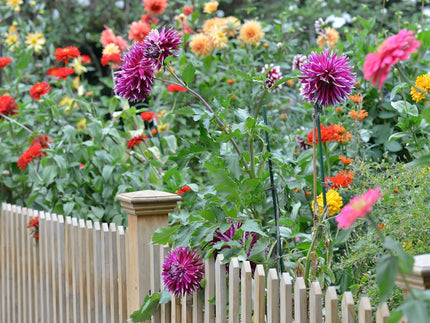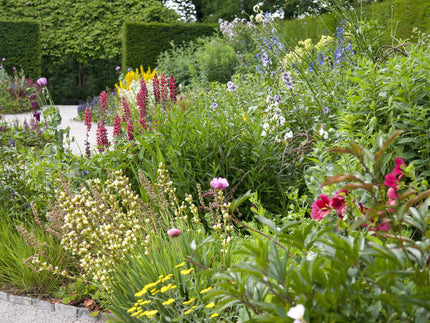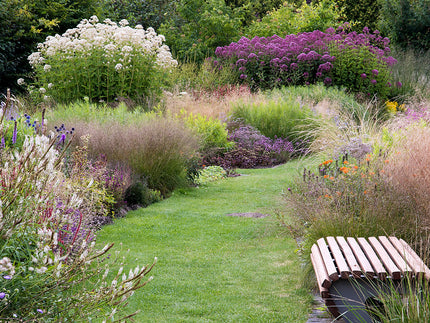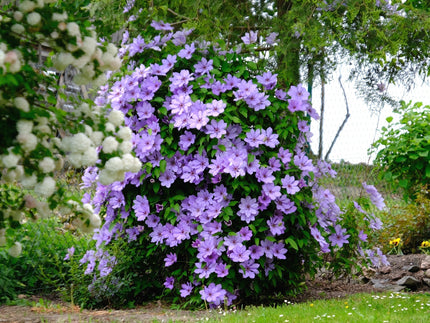How to plant Eryngium
Native to dry, rocky and coastal areas in Europe and Central Asia, Eryngium, also known as Sea Holly, is popular choice for seaside gardens - where its tough foliage and strong stems will withstand salty winds. It’d drought tolerant once established and thrives in sand, shingle or gravel, but will enjoy any well-drained border soil too. Often grown as a cut flower, its attractive dried seed heads also provide interest in the winter garden.
How to plant
- Eryngium can be planted in autumn and spring and are supplied in both seasons. It is essential that they are planted in the same season as supplied, ideally within a week of delivery.
- Soak the roots for 3-6 hours before planting. In areas with poor soils, it is recommended to pot up into 2 litre (or 15-20cm diameter) pots using a good quality multipurpose compost and grown on prior to planting out. Grow them on in a sheltered area outside. They can be transplanted into suitable growing positions after 2-4 months or once growth is established and the plants easily come out of the temporary pots with the soil held intact by the roots.
- If the tap root is too long to fit into a temporary pot to grow on, you can plant directly into a border with well-dug, free draining soil and then mark it with a label or stake so you can monitor it while it’s settling in and ensure it isn’t becoming overcrowded by neighbouring plants.
- Plant with the whole root submerged and with the top of the root system just level with the soil surface. Any shoots or leaves which have emerged already should be left exposed above the soil surface.
- When planting into the garden, choose a position in full sun with well-drained soil.
- This perennial is fully hardy to around -15C and does not require winter protection.
- Water-in after planting and keep hydrated when in growth, particularly during the first year. Once established, these plants are drought tolerant.
Aftercare
- Foliage emerges during spring. Eryngium may not produce flowers in the first year while settling in, but they will produce leaves.
- The root system of Eryngium forms a clump over time, each year as the clump grows it will produce more flowering stems. If the clumps grow too large or start to look congested, you can dig up and divide the clump during autumn or early spring.
- Eryngium naturally dies back in autumn. The flowers will remain but their colour will fade. You can leave them in place through autumn and winter to provide structural interest, or cut them back in autumn if you prefer. The past year’s stems should be cut back by spring when new growth starts to emerge.
- Eryngium should be planted at a spacing of 20-30cm between plants, and will take 2-3 years to fully establish.
































































































































































































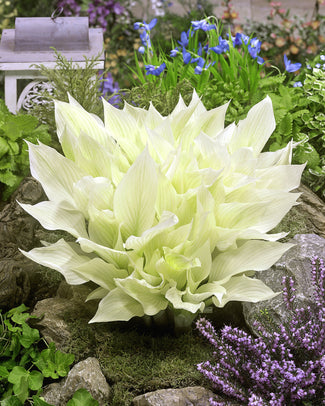
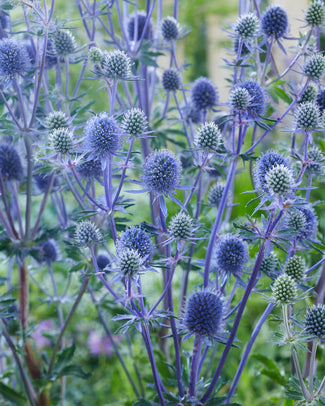
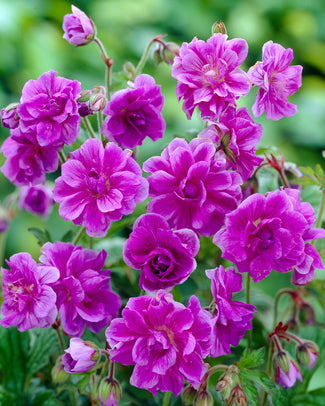
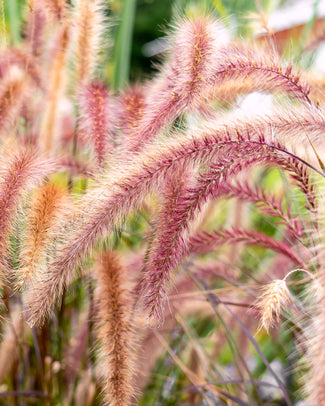
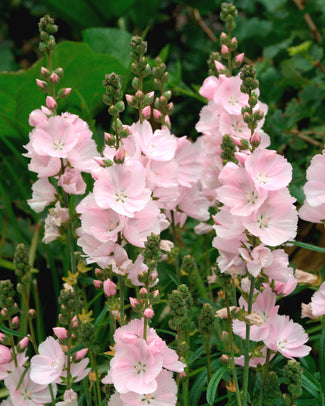
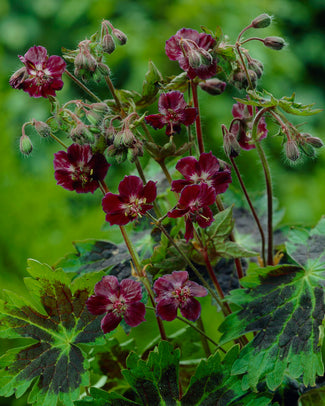
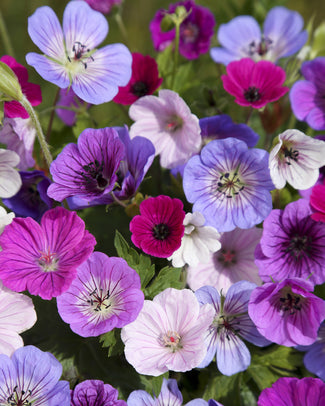
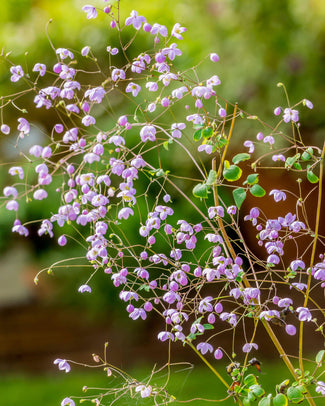
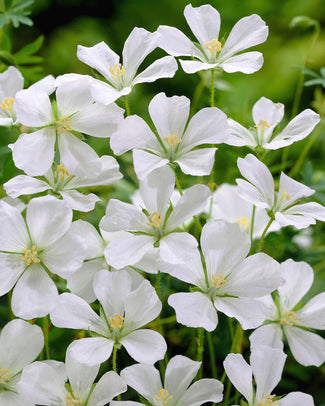
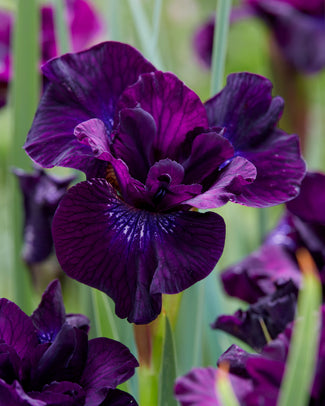
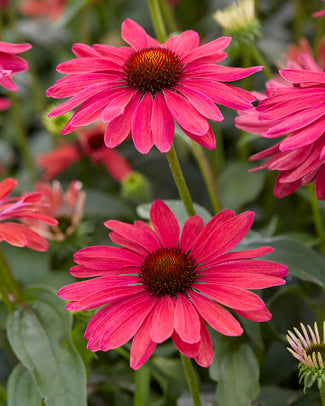
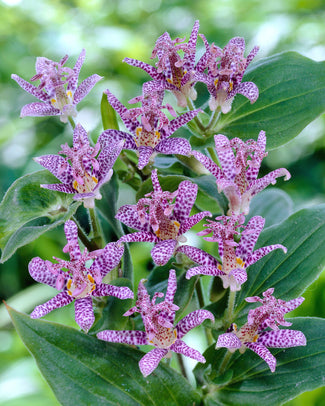
![Agapanthus 'Black Buddhist' []](http://www.farmergracy.co.uk/cdn/shop/products/agapanthus-black-buddhist-1_325x.jpg?v=1575625838)
